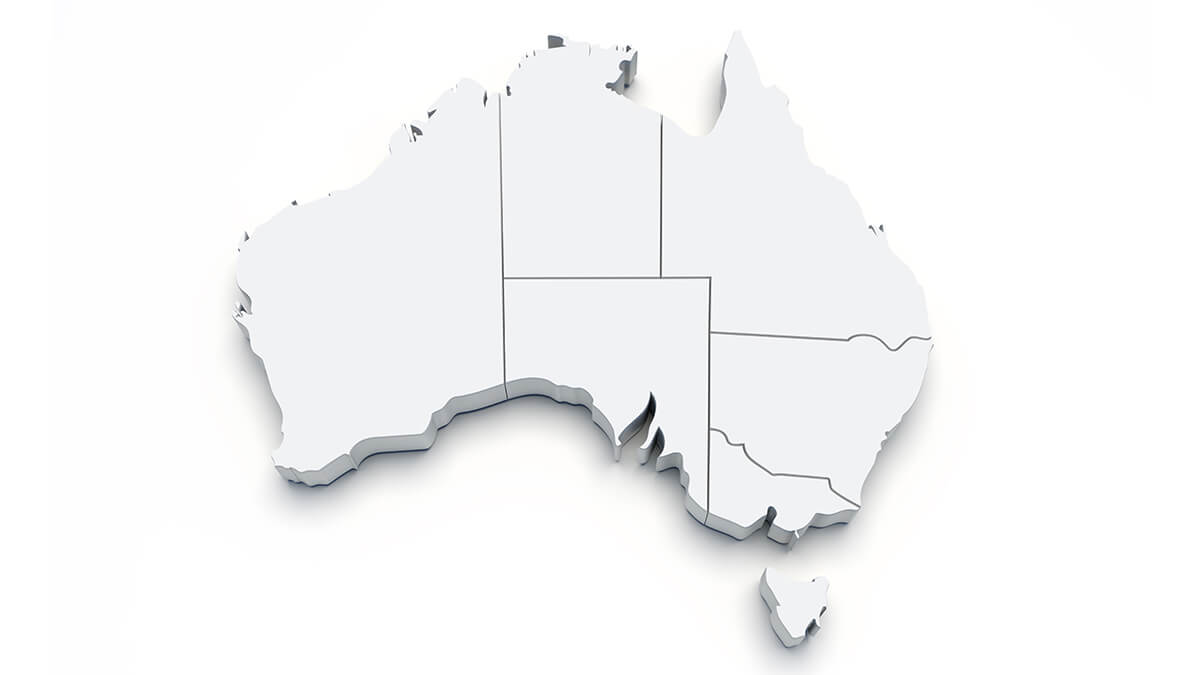Many Australians dream of packing up and moving overseas for work or other reasons. To make that happen there’s bound to be a lot to arrange and super might not be on top of your list of priorities, but doing a little organising before you go will ensure a hassle-free transition.
Your super needs to stay in Australia even if you don’t plan to return, unless you have met the conditions to cash it out or you’re a New Zealand citizen returning to New Zealand. In the latter case you may transfer your Australian super to your KiwiSaver retirement savings account in NZ.
Whether you’re heading away for a few years or it’s a more permanent decision, getting your account in order will ensure you don’t pay for anything you don’t need, and your fund can keep in touch to pass on any important updates. If you wish, you can even continue to contribute while you’re out of the country – unless your account is with an SMSF.






